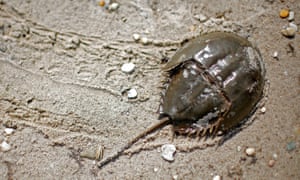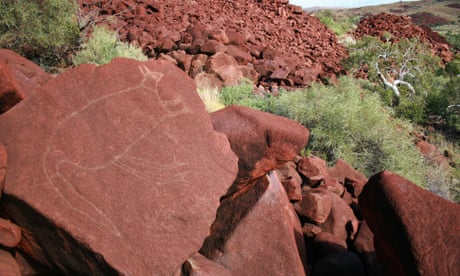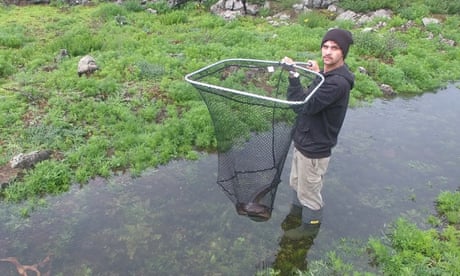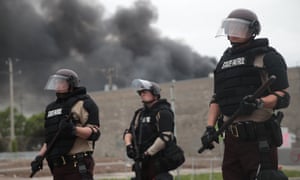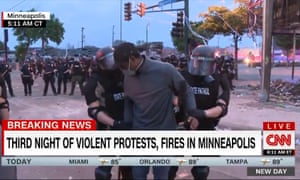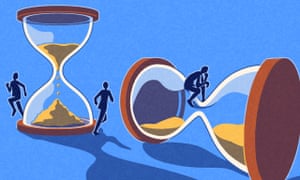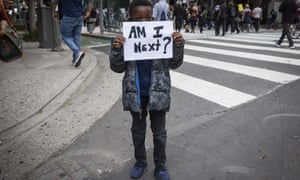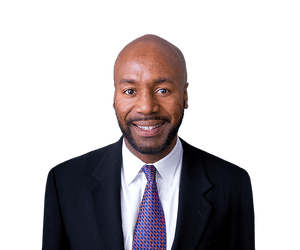SpaceX Crew Dragon docks with International Space Station
 NASA TV/AFP / -In this still image taken from NASA TV, NASA astronauts Bob Behnken (front) and Doug Hurley reach orbit on May 30, 2020, after launching from Kennedy Space Center in Florida
NASA TV/AFP / -In this still image taken from NASA TV, NASA astronauts Bob Behnken (front) and Doug Hurley reach orbit on May 30, 2020, after launching from Kennedy Space Center in Florida
A SpaceX Crew Dragon capsule carrying two NASA astronauts docked Sunday with the International Space Station, the first time a crewed US spacecraft has performed the feat in nearly a decade.
It was also a first for the private sector, a triumphant moment for the company founded by Elon Musk in 2002. NASA hopes to build on such partnerships to usher in a new era of space travel.
"Soft capture," the moment when the spacecraft makes first contact and starts latching with the target vehicle, occurred at 10:16 am Eastern Time (1416 GMT), a little ahead of schedule.
At the time, the ISS was orbiting 262 miles (422 kilometers) over the border between Mongolia and northern China.
A few minutes later, "hard capture" was achieved when the two spacecraft were joined with an airtight seal.
On board are astronauts Bob Behnkhen and Doug Hurley, both veterans of the Space Shuttle program that was shuttered in 2011.
"We copy, docking is complete," said Hurley, the spacecraft commander.
"It's been a real honor to be a small part of this nine year endeavor since the last time a United States spaceship has docked with the International Space Station."
Next, the vestibule between the Dragon and the ISS will be pressurized and the hatch will be opened.
Behnkhen and Hurley will then join fellow NASA astronauts Chris Cassidy and two Russian cosmonauts on board the station.
The Crew Dragon capsule had spent the previous 19 hours chasing down the station at speeds of 17,500 miles per hour (28,000 kph), before carefully aligning its orbital plane and slowing down to a crawl for the delicate docking procedure.
- 'Overcome with emotion' -
 AFP / Gregg NewtonSpaceX's two-stage Falcon 9 rocket began its voyage Saturday, blasting off flawlessly in a cloud of bright orange flames and smoke from Florida's Kennedy Space Center
AFP / Gregg NewtonSpaceX's two-stage Falcon 9 rocket began its voyage Saturday, blasting off flawlessly in a cloud of bright orange flames and smoke from Florida's Kennedy Space Center
SpaceX's two-stage Falcon 9 rocket began its voyage Saturday, blasting off flawlessly in a cloud of bright orange flames and smoke from Florida's Kennedy Space Center.
"Let's light this candle," Hurley, told SpaceX mission control in Hawthorne, California, before liftoff at 3:22 pm (1922 GMT) from NASA's storied Launch Pad 39A.
"I'm really quite overcome with emotion," Musk said. "It's been 18 years working towards this goal.
"This is hopefully the first step on a journey towards civilization on Mars," the SpaceX founder said.
In a brief interview from space, Hurley said that in keeping with tradition, he and Behnken had named the Crew Dragon capsule "Endeavour" after the retired space shuttle on which they both flew.
The mission, dubbed "Demo-2," ends a government monopoly on space flight and is the final test flight before NASA certifies SpaceX's capsule for regular crewed missions.
- Pandemic and protests -
 AFP / MANDEL NGANPresident Donald Trump flew to Florida to watch the launch and delivered remarks to NASA and SpaceX employees on what he called a "special day"
AFP / MANDEL NGANPresident Donald Trump flew to Florida to watch the launch and delivered remarks to NASA and SpaceX employees on what he called a "special day"
The mission comes amid the coronavirus crisis and protests in multiple US cities over the death of a black man in Minneapolis while he was being arrested by a white police officer.
President Donald Trump flew to Florida to watch the launch and delivered remarks to NASA and SpaceX employees on what he called a "special day."
Trump first addressed the protests, saying he understood "the pain people are feeling" but that he would not tolerate "mob violence."
Trump praised Musk and said the launch "makes clear the commercial space industry is the future."
He also repeated his vow to send American astronauts back to the Moon in 2024 and eventually to Mars.
Behnken, 49, and Hurley, 53, are former military test pilots who joined NASA in 2000.
They blasted off from Launch Pad 39A, the same one used by Neil Armstrong on Apollo 11's 1969 journey to the Moon.
